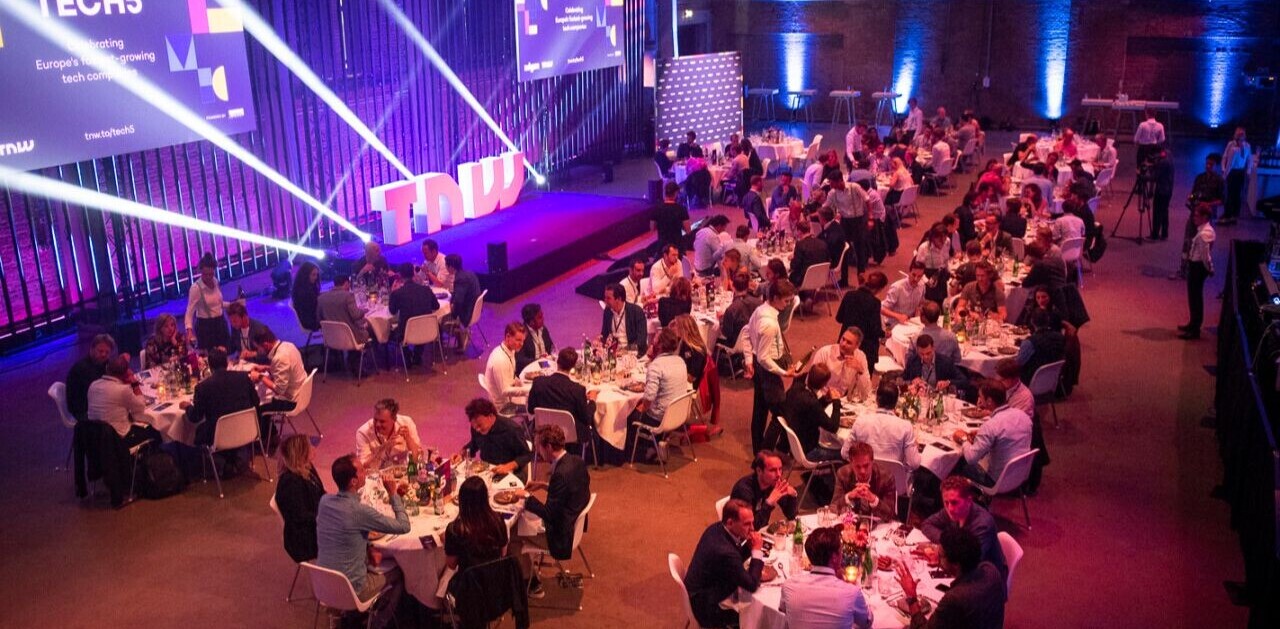
Our fundamental relationship with creativity and those whom we consider to be “creators” is changing. Once, creativity at work was an expectation only for the few — writers, artists, designers, art directors, and employees in traditionally creative roles. However, creativity is quickly becoming one of the most sought-after qualities for all prospective job candidates, according to a LinkedIn study last year.
The COVID-19 pandemic has only accelerated the importance of creativity in the workplace. Many organizations are realizing that creativity plays a role not only in successful marketing, communications, and R&D but also in maintaining a productive and engaged workforce during these unprecedented times.
Psychologists have explained that this crisis might actually boost creativity, especially among Millennials and Generation Z, who are seeking ways to apply their creativity towards meaningful work. About half consider themselves to be creators, and they want to apply their talents to their jobs in ways that help them future-proof their skills.
Creativity was already important. It will only become more vital in the future. Here is my advice for business leaders to compete for the creators of tomorrow as well as inspire employees today amid this crisis:
Cascading creativity from the top-down
License for creativity, curiosity, and calculated risk-taking comes from the highest levels of an organization — and not just from the Chief Creative Officer. The entire C-suite from CEO to CTO needs to make creativity part of their organization’s ethos and cascade those values throughout their business.
Even in my role as Chief Commercial Officer, I’m constantly seeking new perspectives, ways of working and creative solutions to our customers’ most pressing problems. I encourage my team to do the same.
Effective creative outlets don’t even have to be work related. Stefanie Coleman, a management consultant at PwC, recently wrote about how a team-wide “doodle challenge” helped her colleagues connect, destress, and unlock different parts of their brains when working remotely during this pandemic.
The great news is that a culture where this kind of creativity is encouraged can have a significant positive impact on business performance. According to a global Adobe survey, businesses that invest in creativity are more likely to foster innovation (83%), have satisfied customers (80%) and provide better customer experiences (78%). Creativity is also shown to positively impact the bottom line, according to McKinsey.
Calling on everyone to be a creator
Unleashing creativity among your workforce is likely to be most beneficial for employees who don’t consider themselves to work in creative roles. Why? Because their room for growth is exponential. Creative thinking can be applied to any position.
Financial services professionals, for example, can augment presentations with graphic design, video, and web development tools such as Adobe Creative Cloud. Product managers can use apps such as Canva.com to display their work dynamically and publish to any device. The United Nations, meanwhile, is literally calling on all creators — asking them to use their creativity to fight this pandemic by helping them to produce engaging public health messaging.
It’s incumbent upon leaders to nudge even the most reluctant employees to flex their creative muscles. According to another McKinsey report, demand for higher cognitive skills, including creativity, will rise ~10% by 2030. After all, human creativity cannot be automated. So, believe it or not, creativity is a form of upskilling that can be naturally and seamlessly integrated into the day-to-day lives of all employees.
Why technology makes or breaks creative momentum
An inconvenient truth about creativity: it is simply not enough on its own. Everyone has the potential to be a “big ideas” person, but without the right tools and systems to execute, inspired ideas remain pipe dreams.
A global Spiceworks survey revealed how revealed how IT decision markers (ITDMs) and business decision makers (BDMs) select their technology tools and applications. Traditional criteria such as reliability, compatibility, cost, and security topped the list for both groups of decision makers, while qualities like product innovation and flexibility were of lesser importance.
However, today, companies should also determine which technologies will be most pertinent and empowering for specific disciplines’ creative capabilities.
Flexibility is a top consideration for younger generations, who seek technology that enhances creative endeavors at any time, while working from any place. Flexible solutions open up space for creativity by allowing users to work untethered from a single application or piece of software, which is especially important as the world shifts to working from home.
Further, emerging and innovative technologies, such as artificial intelligence (AI) and machine learning (ML), might also influence creativity. As workers are inspired to deliver more creative content (60% of creative practitioners say they now spend more time creating content than they did three to five years ago), it’s likely they will need tools to help keep pace with the non-creative parts of their jobs that could be easily automated.
The creative revolution is well underway, only accelerated by our current circumstances. Whether businesses embrace or reject these shifting tides comes down to how they think about culture, individual creative opportunity, and technology.
We frequently talk about “Big C” creative ideas — the marketing campaigns, business initiatives, and creative solutions that capture the public’s attention. I firmly believe, however, that these bigger moments are actually comprised of “small C” opportunities — when individual employees use creativity as a differentiator to enhance their everyday work.
Get the TNW newsletter
Get the most important tech news in your inbox each week.




